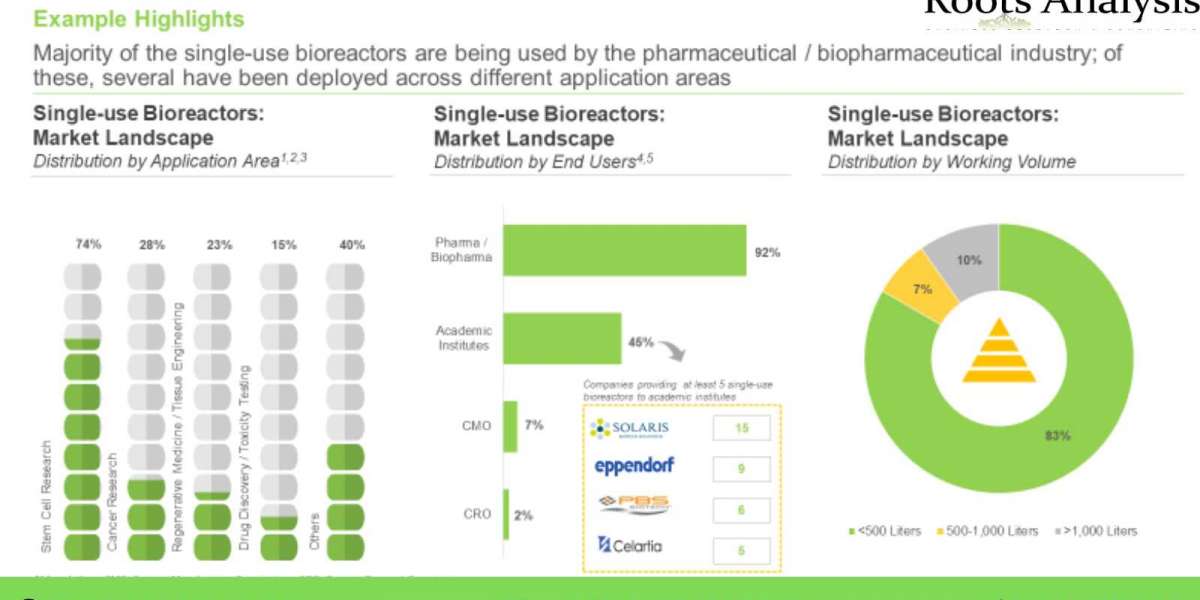Route planning is the most important factor in enhancing delivery performance, customer experience, and the financial standing of the company. The route planning software helps evaluate the most effective routes and paths across any single to multi-stop delivery journey.
Today, fleet businesses with multiple vehicles cannot rely on manual route planning. They need competent fleet monitoring solutions integrated with the best route planning software.
What is Route Planning?
Route planning is the process of planning and finding the shortest and most efficient route to fulfill deliveries or service orders. For this, advanced fleet management software with route planning capabilities is a must. The software uses AI ML algorithms to compute the shortest and fuel-saving routes.
The purpose of route planning is to:
- Reduce time on the road
- Save fuel expenses
- Minimise delivery time
- Prevent vehicle wear and tear
- Improve customer satisfaction
Read More:- 4 Best Route Planner Alternatives (Better than MapQuest)
Key Components of Route Planning
Route planning when pursued with route planning software often has the following components that shouldn’t be overlooked.
Scheduling
This involves planning delivery assets, fixing delivery time windows, and priorities based on the received orders from customers. Also, involves adhering to special requirements to bring in effect more customer satisfaction.
It further involves:
- Time Slot Optimization
Here, fleet operators further schedule deliveries by analysing factors like traffic conditions, driver availability, and route efficiency with route planning software.
- Load Balancing
After planning the most optimized route and allocating the most skilled drivers, it is important to ensure efficient resource utilization for a balanced workload.
Benefits of Scheduling
Scheduling helps
- Optimise fleet operations.
- Streamline scheduling process.
- Track routes in real time.
- Routing or rerouting in case of any obstruction.
- Effective management of drivers.
2. Route Tracking
After successful scheduling, route planning software with real-time GPS tracking capabilities lets fleet owners track, trace, and monitor their vehicles via a dashboard.
- Alerts and Notifications
The route monitoring system helps fleet operators receive alerts notifications when drivers:
- Deviates from planned routes.
- Faces delays in reaching client location.
- Stuck in a risky situation and need assistance, pronto.
- Geofencing
The route tracking software helps vehicle owners define virtual boundaries or geofences. The software buzzes a notification, whenever a vehicle enters or leaves from the defined geofences.
Geofences help keep track of vehicles' precise movements and activities. With a route monitoring system, managers can even geofence customer sites to get notified whenever the shipment reaches safely.
3. Route Management
Route management involves the use of efficient route planning software to identify the most time and cost-efficient routes. By evaluating multiple factors like distance, traffic, delivery windows, load capacity, and delivery constraints via route tracking software.
Route management further involves the following two elements:
- Dynamic Route Adjustments
This involves changing routes by making real-time adjustments to routes as per changing conditions. Those changing conditions could be traffic congestion, last-minute order changes, obstruction from accidents, etc.
- Alternative Routes
The fleet monitoring system helps identify the best alternative routes in case any unexpected event like road closure, construction work, or any roadblock is ahead.
Route planning software in force with fuel monitoring software lets fleet owners stay assured about the optimum fuel use and prevent fuel fraud.
4. Driver Management
Not just routes, but it’s important to manage the driver's behaviour and activities as well. Sometimes, it’s the driver’s negligence that causes idling, delayed deliveries, and selection of time-taking routes.
The fleet management software accompanying driver behaviour monitoring and video telematics software is a bonus. The software should help with:
- Driver Availability and Assignments
The driver behaviour monitoring tools in force with video telematics solutions help keep track of driver availability, schedules, and working hours to help choose the most efficient routes.
- Driver Performance Monitoring
While planning the route, it’s equally important to monitor driver performance. Driver monitoring software helps evaluate key performance metrics such as:
- On-time delivery rates
- Average travel time
- Customer feedback to find any scope for improvement
Types of Route Planning
Route planning is typically of the following 3 types:
Dynamic route planning
Dynamic route planning allows drivers to re-route to cost-efficient routes in real-time. With the use of driver apps, fleet managers can track their executives’ real-time location. Based on that, managers can make changes to trips or routes in case the vehicle observes any breakdown or the traffic levels are heavy.
Multi-stop route planning
Unlike single-stop route planning, multi-stop routing is quite complex. Multi-stop route planning is planning for a vehicle traversing on a trip with multiple delivery stops. Here opting for the best route planning software with AI and ML capabilities is a must.
Hub-to-Hub route planning
A hub-to-hub route planning is most suitable for middle-mile logistics. Middle-mile logistics is when goods first are transported from the manufacturing site to the warehouse. And then, from warehouses to fulfillment centers and further to retail outlets — where customers can make the final purchase.
In this type of route planning, trips are pre-decided and journeys are planned keeping the total distance between hubs in account. It also notes the time required for loading-unloading goods, etc.
Final Takeaway!
Effective route planning hinges on real-time data from key elements like scheduling, route tracking, route management, and driver management. These elements come together to ensure efficient and reliable navigation. Having route planning software in Logistics, which is effective in assessing route preferences and end delivery goals while keeping optimization algorithms in mind — is a must-have.
TrackoBit brings comprehensive fleet management software with route planning and driver management capabilities that your logistics business deserves.
Read More:- Route Planning - Definition, Key Elements Types








